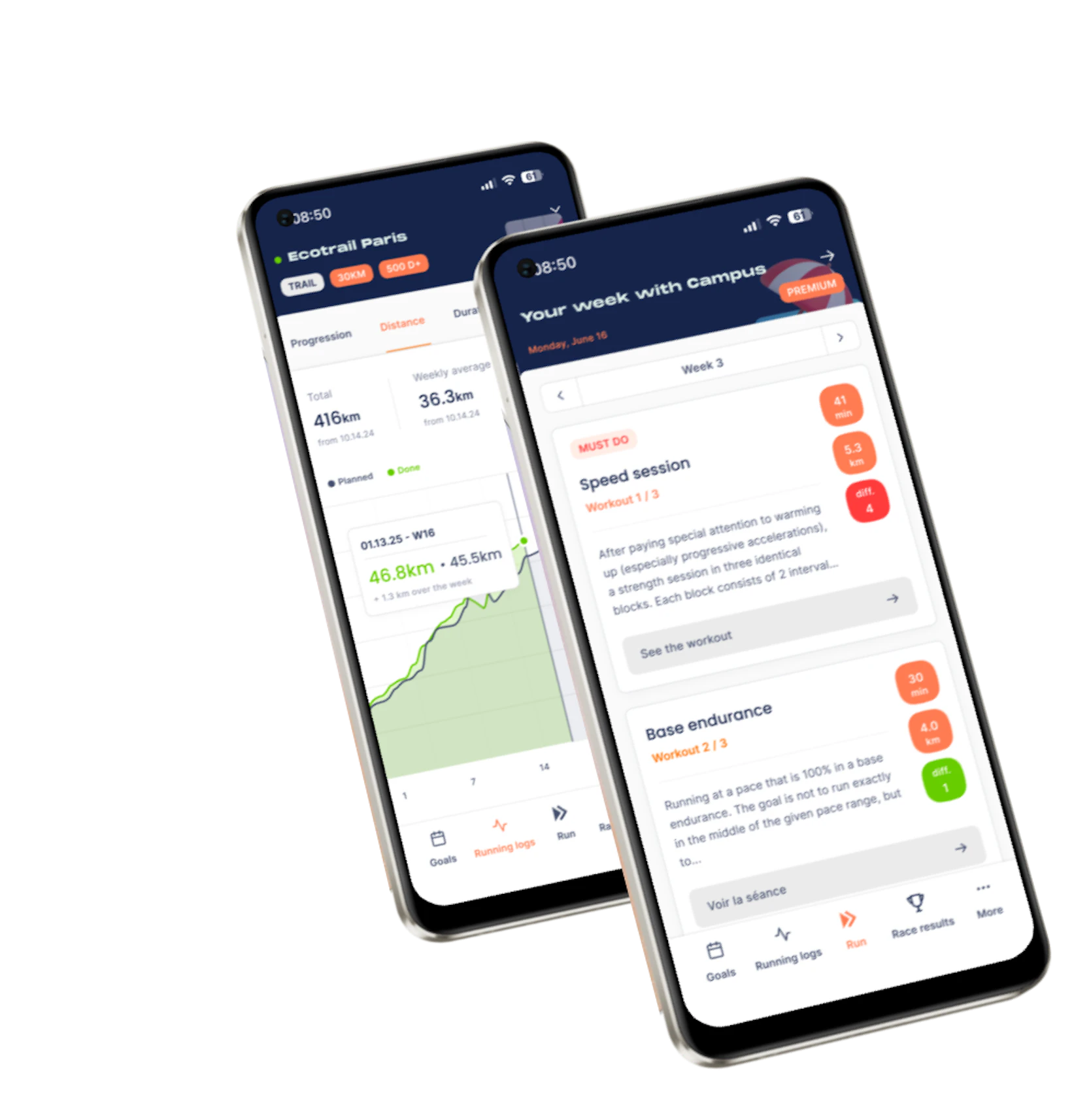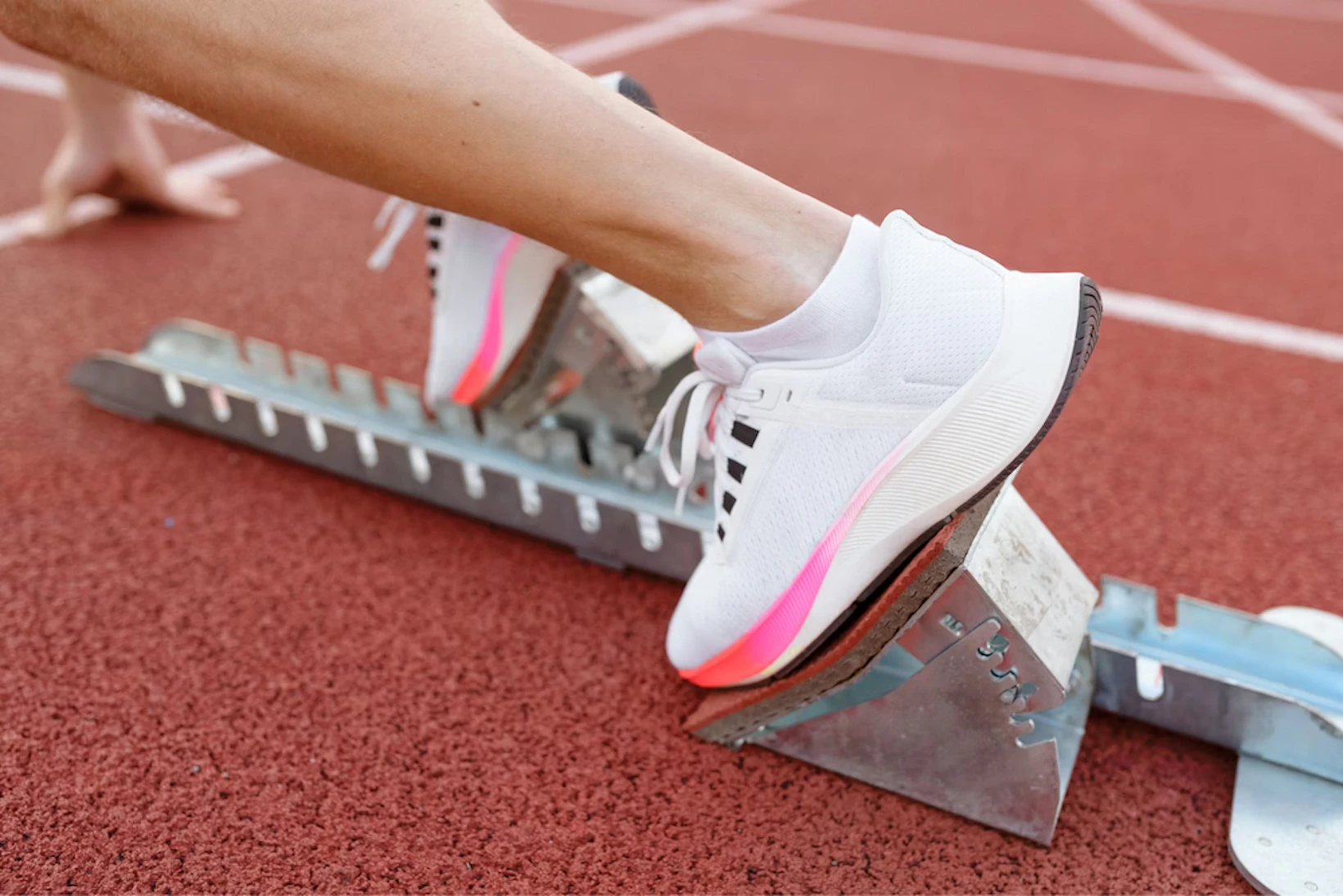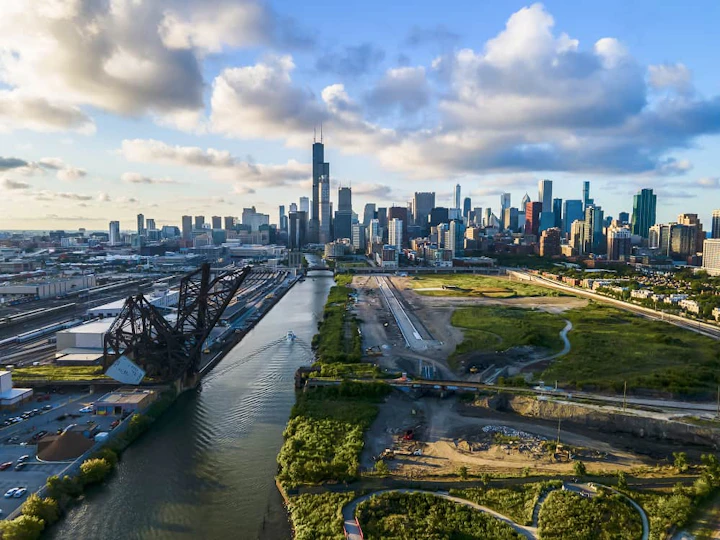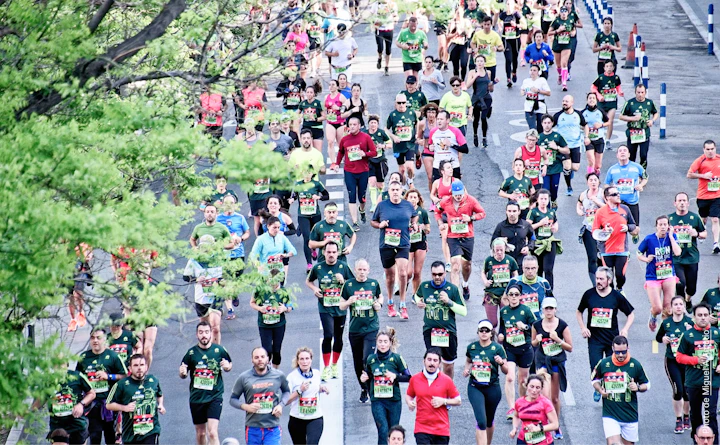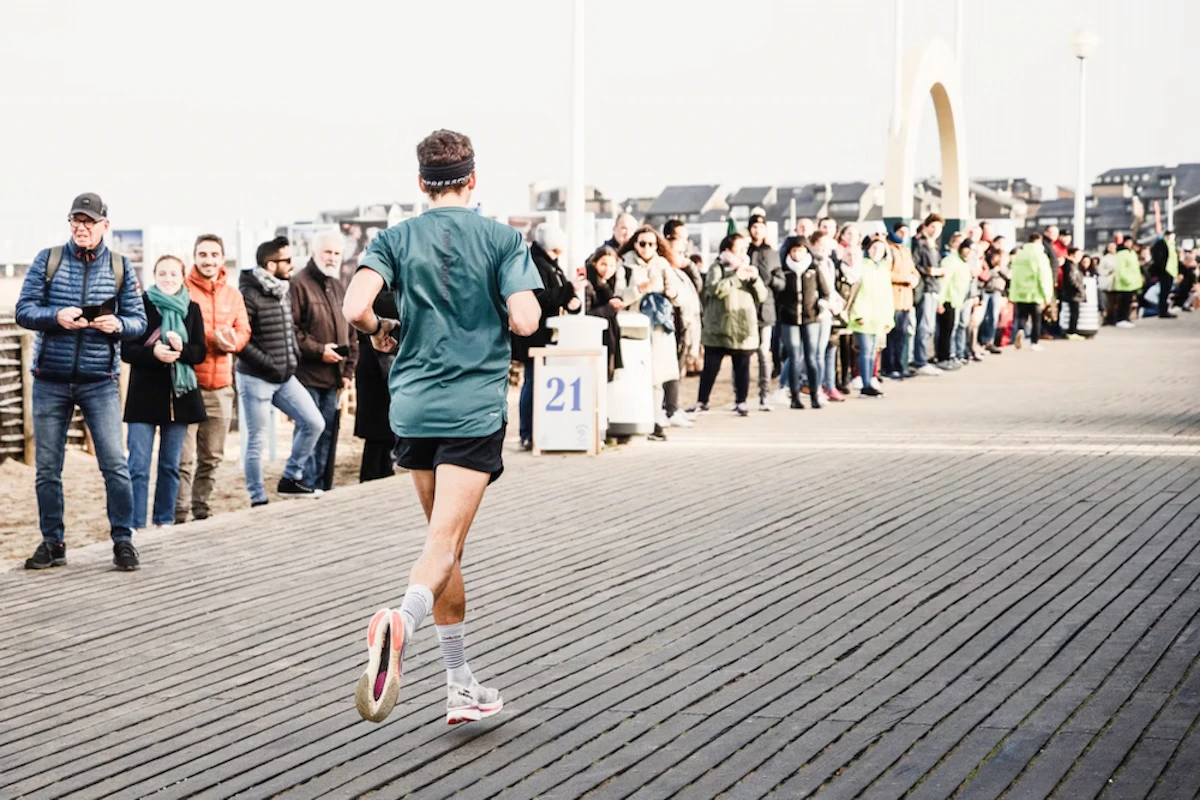
10 min read
Summary
What is the exact distance of a half-marathon?
Official Half-Marathons
⚠️ Beware of elevation changes!
🏆 A new world record in Valencia in 2024
Some very distinctive "half-marathons"
🏔️ Mont-Ventoux Half-Marathon
💪🏽 Marseille-Cassis
🥵 Marvejols-Mende Half-Marathon
💪🏽
Training, preparation: how to move from a 10 km to a half-marathon?
🧐 What distance to run to prepare for a half-marathon? How many km per week should you run to prepare for a half-marathon?
📆 What is the ideal preparation time for a half-marathon? How long to train for a half-marathon?
⏱️ What running pace to aim for?
🍼 What nutrition strategy for a half-marathon?

Receive advice from our passionate coaches!
It's decided, you're ready to take on a half-marathon. It's still a matter of finding the right race. If most half-marathons are exactly the same distance, you will discover that some events are deceptive and have some surprises in store for runners. Better to be forewarned before committing!
What is the exact distance of a half-marathon?
As its name suggests, a half-marathon — or demi-marathon for Quebecers — corresponds to half of a marathon, specifically 21.097 kilometers/13.1 miles. That's quite an effort in running. The average time achieved in half-marathons — taking into account all runners — is around two hours.
Official Half-Marathons
The courses of official half-marathons require rigorous measurement. Officials typically use a mechanical Jones counter on their bike and follow the shortest possible route from the starting point to the finish line. The measurement is more reliable and accurate than with any GPS watch.
If you run in France and want to be sure to run exactly 21.097 kilometers and not a meter more, get a bib for a classified label race from the French Athletics Federation. These races are qualifying events for the French half-marathon championships that take place every year. There are several label levels (regional, national, international) depending on the quality of the organization.
If you run abroad, make sure that the competition of your choice is approved by World Athletics, the international athletics federation. In this way, you'll be sure to run the correct distance in your half-marathon.
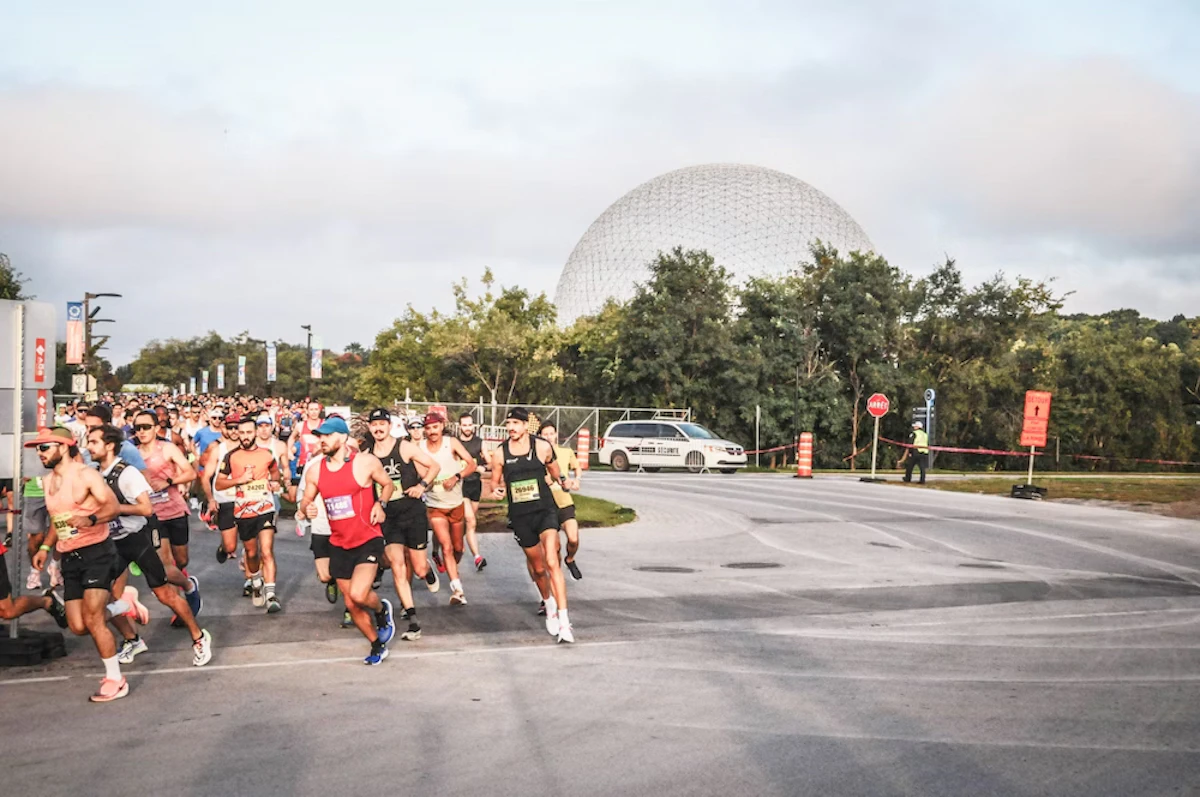
⚠️ Beware of elevation changes!
To be classified, a race must meet another criterion. The drop of the course (that is, the altitude difference between the finish and the start) must be less than 1 meter per kilometer covered, that is, less than 21 meters maximum for a half-marathon.
On the other hand, there is no imposed limit in terms of positive or negative elevation gain. There's no distinction between a strictly flat half-marathon and a hilly half.
This point must be taken into account if you have a specific time goal in mind. Indeed, the overall elevation changes increase the difficulty of the race. Your pace slows on hills and it is very difficult to make up lost time on descents. Moreover, descents are demanding on muscles — they involve eccentric efforts — and accelerate muscle fatigue.
To give you a few examples, the two fastest half-marathons in France, the Harmonie Mutuelle Paris Half-Marathon and the Lille Half-Marathon, present few challenges with their 80 meters of positive and negative elevation gain. Conversely, a half-marathon like the Beaujolais one is rather challenging and not very conducive to fast times as it features 250 meters of positive and negative elevation gain.
🏆 A new world record in Valencia in 2024
With its 20 meters of elevation change, the Valencia Half-Marathon is one of the flattest in the world. The world record for the men's half-marathon has just been broken by the Ethiopian Yomif Kejelcha in 57 minutes and 30 seconds. It was also in Valencia that the Ethiopian, Letesenbet Gidey, broke the women's world record in 2021 (1 hour 2 minutes and 52 seconds).
Some very distinctive "half-marathons"
Some well-known races have a misleading name. Here, the effort is very different from an official half-marathon and the race times are sometimes much higher. Here are a few concrete examples.
🏔️ Mont-Ventoux Half-Marathon
Every year since 2012, at the start of summer, around a thousand runners come to tackle the Géant de Provence starting from the village of Bédoin, an ascent usually favored by cyclists.
The Mont-Ventoux Half-Marathon has nothing to do with a "traditional" half-marathon. Firstly, the half-marathon distance is extended by 500 meters to reach 21.6 kilometers. Next, the course features no less than 1,610 meters of positive elevation gain! It's better to be well trained in uphills and have worked on your strength endurance.
The Olympic marathoner Hassan Chahdi set the men's record in 2024 with 1 hour 29 minutes and 10 seconds. That's 28 minutes more than his record on an official half-marathon (1 hour 1 minute and 21 seconds). Among women, Anaïs Quemener holds the women's record at 1 hour 48 minutes and 5 seconds. By comparison, she runs less than 1 hour 12 on a "flat" half! That's the difficulty of this truly unique half.
If you want to take on the Mont Chauve, the next edition will take place on July 6, 2025.
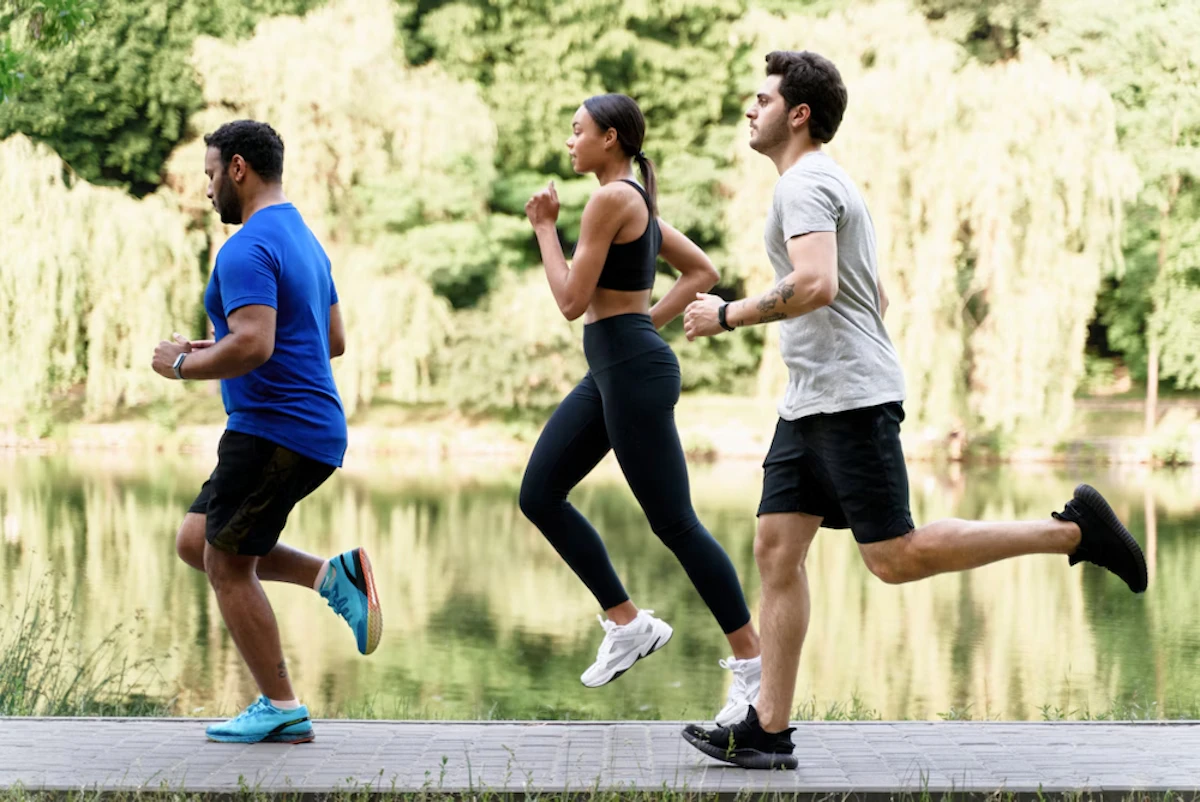
💪🏽 Marseille-Cassis
This other great classic of the calendar has existed since 1979. The Alpe d'Huez 21 does not refer to the 21 kilometers of a half, but to the famous 21 turns of the Alpe d'Huez ascent that have entered the legend of the cycling Tour de France.
In reality, the course is 14.1 kilometers with 1,140 meters of positive elevation gain.
Race times are quite close to those of an official flat half-marathon. The race record belongs to triathlete Nathan Guerbeur at 59 minutes and 34 seconds. Marathoner Benjamin Choquert completed it in 1 hour 2 minutes and 29 seconds and ultra-trail runner Mathieu Blanchard finished in 1 hour 5 minutes and 13 seconds in 2023 (compared to 1 hour 7 minutes and 30 seconds at the Paris Half-Marathon in March 2024).
The women's record is held by Frenchwoman Christel Dewalle, one of the world's top specialists in vertical kilometers, at 1 hour 10 minutes and 49 seconds.
The next edition will take place on August 15, 2025.
🥵 Marvejols-Mende Half-Marathon
An institution. Marvejols-Mende celebrated its 51st anniversary in 2024. This race is formidable in more ways than one. At the end of July, it is often hot in Lozère. Next, the course is longer than a "classic" half-marathon, with its 22.4 kilometers. Above all, the course is very hilly: 650 meters of positive and negative elevation gain. You must tackle the challenge of the Col de Goudard, which peaks at 1,023 meters altitude, and save your strength for the final Chabrits ascent on the heights of Mende. Enough to warm up your thighs and calves! The event's records belong to Kenyans Luka Kanda (1 hour 10 minutes and 9 seconds in 2011) and Frenchwoman Hafida Gadi (1 hour 21 minutes and 48 seconds in 2004).
The next edition of Marvejols-Mende will take place on July 20, 2025.
💪🏽 Marseille-Cassis
This other great classic of the calendar has existed since 1979. This race attracts about 20,000 participants. The course has evolved slightly over the years. It is shorter than a half-marathon: 20.15 kilometers in 2024. The common point of all editions is the ascent, from the city of Marseille, of the Col de la Gineste (326 meters altitude), then the long, hilly descent towards Cassis. The total positive elevation gain of the race is 375 meters.
The records for Marseille-Cassis are held by Kenyans, for women — Edith Chelimo at 1 hour 5 minutes and 58 seconds — and for men — Edwin Kipyego at 57 minutes and 18 seconds.
Training, preparation: how to move from a 10 km to a half-marathon?
It's a good idea to get experience with one or more 10 kilometers before moving to the half-marathon distance. A 10-kilometer requires less training volume than a half-marathon and allows you to work on your speed qualities. However, the effort is a bit more intense than in a half-marathon. Your cardio rises a bit higher. Running a 10-kilometer also allows you to have a time reference. By extrapolating your time, we can have an idea of your current potential for a half-marathon.
🧐 What distance to run to prepare for a half-marathon? How many km per week should you run to prepare for a half-marathon?
In half-marathon, you push less hard than in 10 kilometers, but for a longer time, and you need to strengthen your body to hold the distance.
Preparing for a half-marathon requires developing your endurance qualities. This involves increasing your weekly mileage. If you are a beginner, you should aim for up to 30 to 40 kilometers during your heaviest weeks, spread over three to four weekly workouts. Your longest runs will last between 1 hour 30 and 1 hour 40 maximum.
The longer the running distances become, the more it is beneficial to improve your running economy, that is, the amount of oxygen you will consume to run at the half-marathon pace. You will naturally become more economical by increasing your training volume and training at the specific pace. There are other ways to improve your economy, such as regularly adding Straight lines at the end of your runs or doing strength & conditioning. This way, you'll have a great chance of reaching the finish line in good conditions.
📆 What is the ideal preparation time for a half-marathon? How long to train for a half-marathon?
The adaptation processes are slow in running. The half-marathon requires adopting a training plan longer than that needed to prepare for a 10-kilometer. A long plan will help you better exploit your potential while enjoying it more. The biggest risk of rushing is to struggle on race day. The less experience you have in running, the more you should extend your preparation duration. If you are a beginner, we recommend choosing a training plan for the half-marathon of at least 16 weeks. This will promote greater progression and reduce the risk of injury.
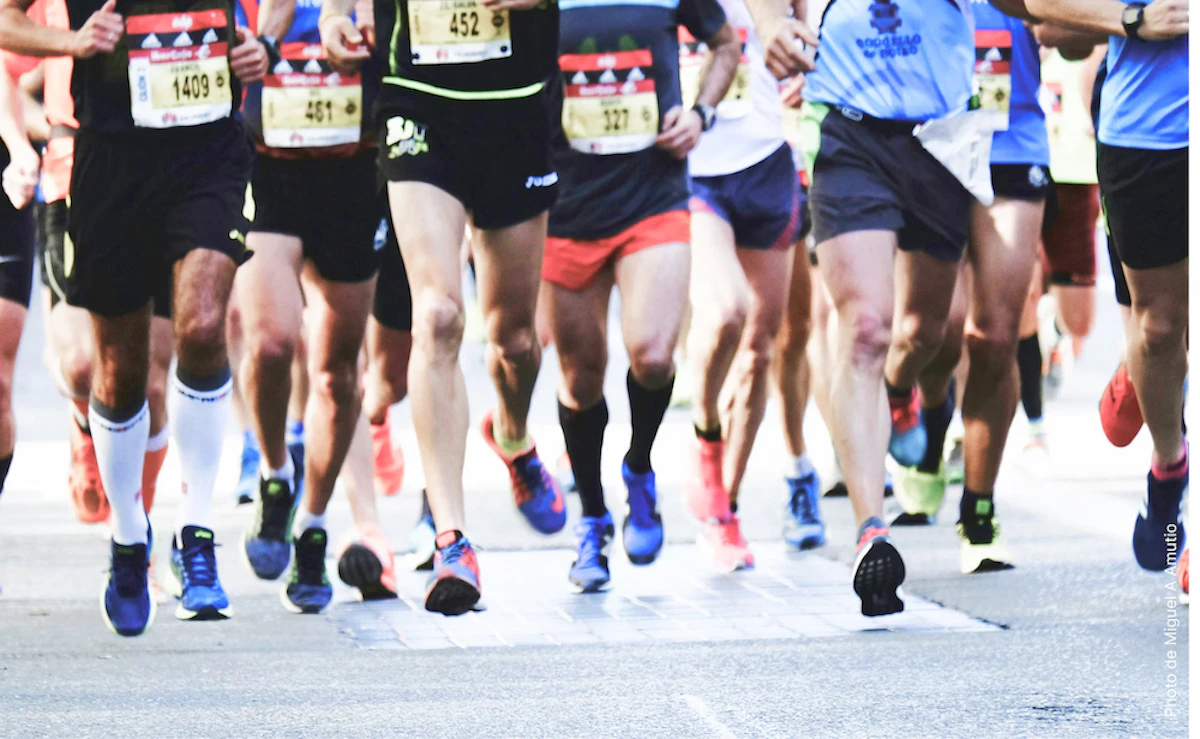
⏱️ What running pace to aim for?
To get an estimate of your running pace for a half-marathon, we simply invite you to use our pace calculator. All you need to do is enter a reference time for 5 or 10 kilometers and let yourself be guided.
🍼 What nutrition strategy for a half-marathon?
The best athletes in half-marathons run in under 1 hour 10 minutes. They virtually don't need to drink and generally don't eat, as their glycogen reserves are sufficient. This only concerns 1% of runners.
For the remaining 99%, you need to think about a nutrition and feeding strategy during the race. The longer the race time, the more important it is to regularly consume small amounts of food (energy gels, compotes, bars, dried fruits, etc.) and drink throughout the event. Properly digesting carbohydrates is prepared in advance of the race. During your preparation, you need to practice eating and drinking while running, especially during your long runs or during a test workout.
As you can see, all official half-marathons are exactly the same distance. However, make sure to check the course profile before getting a bib. If you are aiming for a specific time or if it's your first half-marathon, choose preferably a race with low elevation gain. A rolling course will be more conducive to performance and simply easier. If you want to run a nice classic like the Marvejols-Mende or Marseille-Cassis, make sure to train beforehand on hilly terrains and don't skip at least some strength & conditioning during your preparation. Trust us, you won't regret it!




